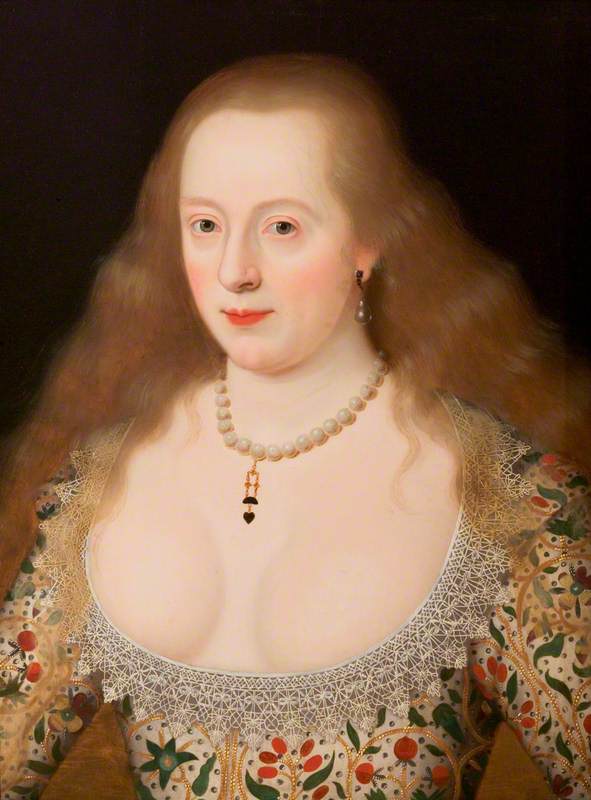Twelve UK museums come together with Art UK and Sotheby's to stage a month-long exhibition celebrating the UK's central role in the creative lives of leading international artists.
The free exhibition 'London: An Artistic Crossroads' is on display at Sotheby's New Bond Street Galleries from 25th May to 5th July 2024.
R. B. Kitaj was born Ronald Brooks in Cleveland, Ohio in 1932. His father, who was Hungarian, left home when he was aged one. His mother, who was from a Russian Jewish family, raised him alone until 1941, when she married her second husband, a Jewish emigre from Vienna named Dr Walter Kitaj, from whom the artist would take his name.
When he was in his mid-twenties he travelled to England, where he studied first at the Ruskin School of Drawing and Fine Art in Oxford, and then at the Royal College of Art in London, alongside David Hockney, Patrick Caulfield and Howard Hodgkin, among others.
Kitaj has sometimes been associated with the Pop Art movement, due to his use of bold areas of flat colour and his occasionally cartoon-like draughtsmanship, shot through with satirical intent. He preferred to think of himself as a Surrealist, a painter fascinated by the slippages and dislocations of twentieth-century life; and there was also something of the Dadaist about him, inclined to political outrage and eloquent in his expression of it.
Kitaj read widely and wrote fluently, curating an influential exhibition at the Hayward Gallery in London in 1976 entitled 'The Human Clay'. In the catalogue to that show, which championed figurative painting at a time when abstract art seemed unassailably dominant, he invented the term 'School of London' to describe a number of painters including Michael Andrews, Lucian Freud, Francis Bacon, Leon Kossoff, Frank Auerbach (and Kitaj himself).
The Architects, a commissioned portrait for which sittings took place between 1979 and 1981, documents the close friendship between the painter and the husband-and-wife team of architects Colin St John Wilson and M. J. Long.
It was during this time that M. J. Long was redesigning the studio at Kitaj's terraced house in Chelsea. She is shown to the right of the composition; in the centre, her husband 'Sandy' Wilson looks up with a frown from the book that has taken his attention; while behind them their children, Sal and Harry, loiter in an indeterminate space formed from planes of pulsating colour, some of which are Kitaj's own canvases seen from both front and back.
The studio is depicted as a place where reading is nearly as much of a priority as painting, its most idiosyncratic architectural detail being the stepped bookcase against the right-hand wall of the room.
The friendship between the architects and the painter had been sealed in books, as M. J. Long later recalled in some reflections provoked by memories of this picture: Kitaj and her husband Sandy Wilson would spend afternoons together combing the second-hand bookstores of the Charing Cross Road, each buying the other rare copies of works by Walter Benjamin and other favourite authors.
The principal work for which the architects would be remembered was an altogether larger library, namely the new complex of the British Library at St Pancras, the greatest monument to learning created in London during the last century. When it came to choosing the decoration, Kitaj was called upon as a collaborator: the entrance hall of the library is still decorated, as it was when the building opened, by a monumental tapestry based on his painting If not, not, inspired by T. S. Eliot's The Wasteland.
So while The Architects was a private commission, documenting a very particular friendship, it is also a milestone in the cultural history of London.
Andrew Graham-Dixon, art historian and broadcaster
The free exhibition 'London: An Artistic Crossroads' is on display at Sotheby's New Bond Street Galleries from 25th May to 5th July 2024
You can download the free exhibition tour within Art UK's guide on Bloomberg Connects















